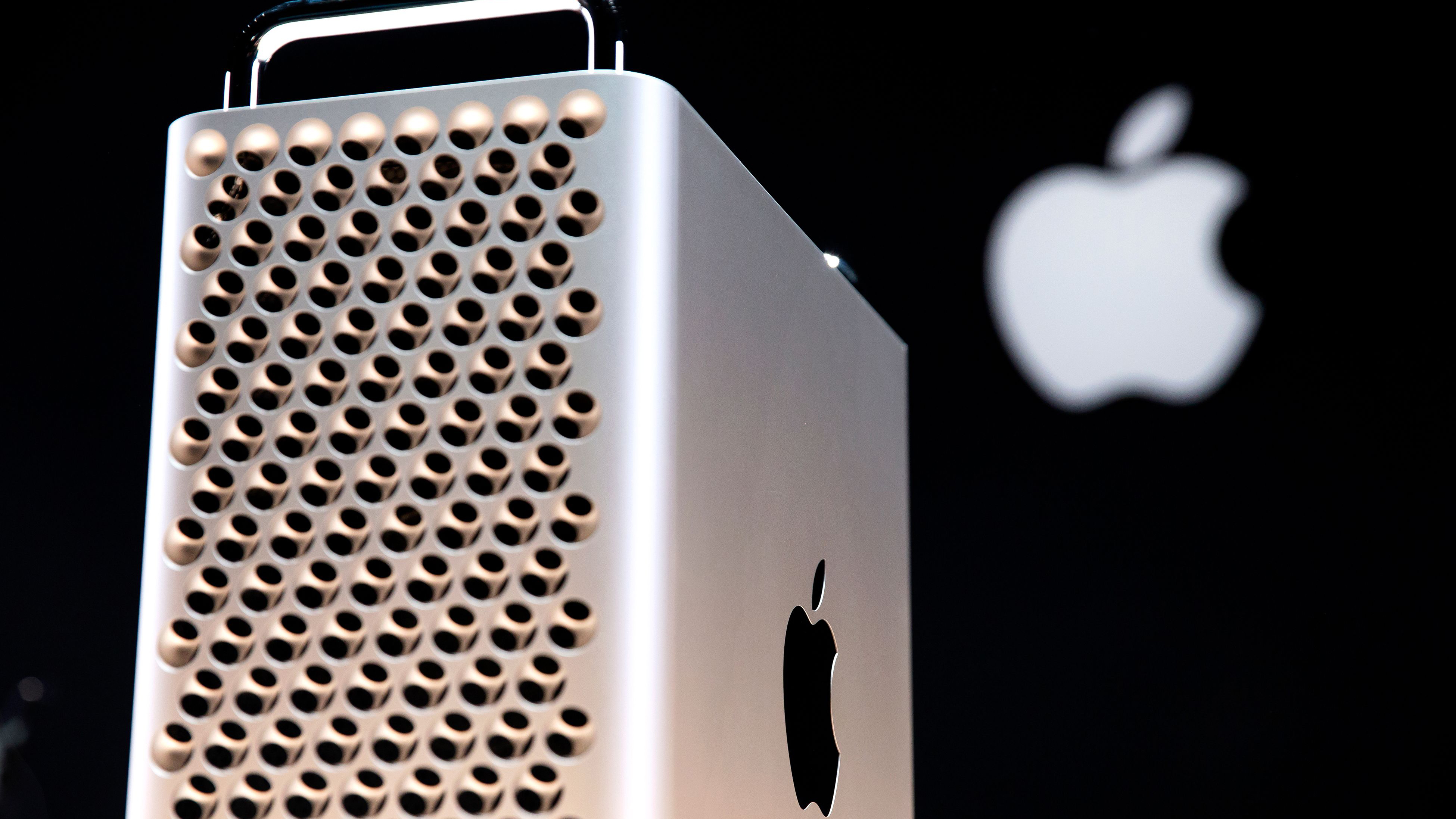
- Apple mac pro desktop 12 core dual amd mac os x#
- Apple mac pro desktop 12 core dual amd mac os#
- Apple mac pro desktop 12 core dual amd Pc#
- Apple mac pro desktop 12 core dual amd series#
Jobs (who rejoined Apple upon the purchase) demonstrated an Intel-compatible build of Rhapsody to Dell founder and namesake Michael Dell. Michael Spindler, who took over as Apple's CEO, devoted most of Apple's resources to moving to PowerPC instead, thus initiating Apple's first processor transition.Īfter Apple's 1997 acquisition of NeXT, Apple began to rework their NeXTSTEP operating system into a successor to the classic Mac OS, codenamed Rhapsody. John Sculley's departure during the Star Trek project was a factor in the project's termination. The team met that deadline, and had a functional demo ready by December. Īpple leaders set an October 31 deadline to create a working prototype. The effort began on February 14, 1992, with the blessing of Intel's then-CEO Andy Grove.
Apple mac pro desktop 12 core dual amd mac os#
The first known attempt by Apple to move to Intel's platform was the Star Trek project, a code name given to a secret project to run a port of Classic Mac OS System 7 and its applications on an Intel-compatible personal computer. A proposal was floated after Jobs departed but was quickly disapproved by management. History 1980s Īpple's efforts to move to Intel hardware began in 1985.
Apple mac pro desktop 12 core dual amd Pc#
In addition, there were reports that IBM officials had concerns over the profitability of a low-volume business, which caused tensions with Apple and its desires for a wide variety of Power PC processors. Tim Cook, then Apple's Executive Vice President of Worldwide Sales and Operations, said during an earnings call that putting a G5 in a PowerBook was "the mother of all thermal challenges". Apple officials also said in 2003 they planned to release a PowerBook with a G5 processor, but such a product never materialized. In 2004's WWDC keynote address, Jobs addressed the broken promise, saying IBM had trouble moving to a fabrication process lower than the 90 nm process.

He promised a 3 GHz Power Mac G5 within 12 months, but never released such a product. Ī PowerPC 970FX processor, which was used in a number of Apple computers featuring PowerPC G5 processors.Īpple had been using PowerPC processors in its products for 11 years when the move to Intel processors was announced.Īt 2003's WWDC keynote address, Jobs unveiled a Power Mac with a processor from IBM's PowerPC G5 product line, the first personal computer to feature a 64-bit processor. In 2020, Apple announced that it would shift its Mac line to Apple silicon, which are ARM-based processors developed in-house.
Apple mac pro desktop 12 core dual amd mac os x#
Mac OS X Lion (version 10.7) dropped support altogether. The final version to run applications written for PowerPC chips, using the Rosetta binary translator, was 2009's Snow Leopard (version 10.6). The final version of Apple's Mac OS that ran on PowerPC chips was 2007's Leopard (version 10.5), released in October 2007. In August, Jobs announced the last models to switch, with the Mac Pro available immediately and the Intel Xserve available by October (it actually shipped in December). The first-generation Intel-based Macintoshes were released in January 2006 with Mac OS X 10.4.4 Tiger. Īpple's initial press release said the move would begin by June 2006 and finish by the end of 2007, but it actually proceeded much more quickly.
Apple mac pro desktop 12 core dual amd series#
The first was in 1994, when Apple discarded the Mac's original Motorola 68000 series architecture in favor of the then-new PowerPC platform.

This was the second time Apple changed the processor instruction set architecture of its personal computers. The change was announced at the 2005 Worldwide Developers Conference (WWDC) by then-Apple CEO Steve Jobs, who said Apple would gradually stop using PowerPC microprocessors supplied by Freescale (formerly Motorola) and IBM.

The Mac transition to Intel processors was the process of changing the central processing unit (CPU) of Apple Inc.'s line of Mac computers, as well as its server offerings at the time, from PowerPC to Intel x86 processors.


 0 kommentar(er)
0 kommentar(er)
